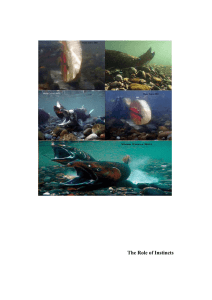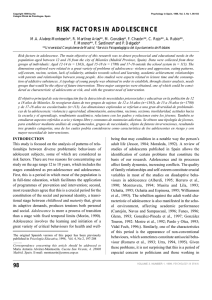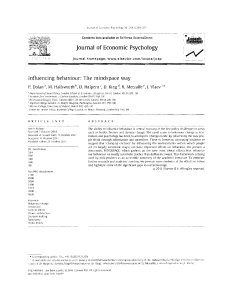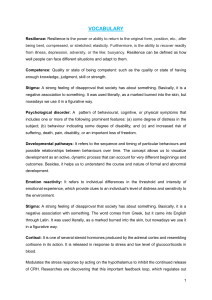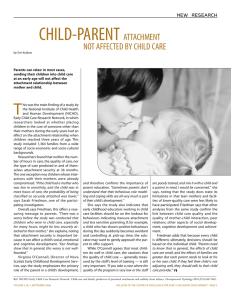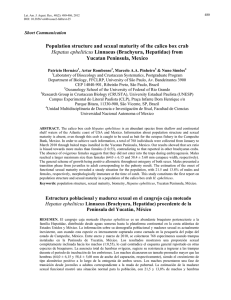Conclusions
Anuncio
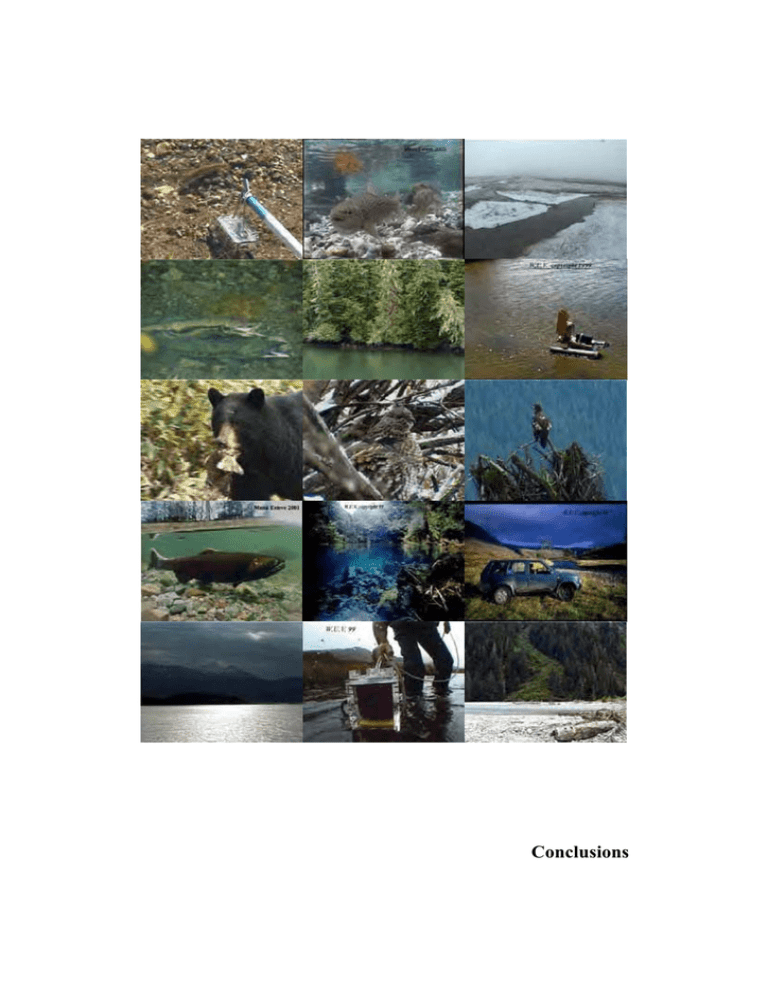
Conclusions Conclusions 163 Conclusions 1. Spawning behaviour in salmonines can be studied dividing it into the following phases related to the nest on where females lay their eggs: selection, construction, probing, completion, and covering. 2. Spawning behaviour in salmonines can be understood as a long chain of interrelated instincts. 3. A body the shape of a fish remaining stationary over the gravel elicits quivering and tasting males’ behaviours. 4. Probing, gaping and trembling elicits male sperm release. 5. False spawnings are low intensity behaviours produced when females do not receive enough stimuli (from their nest or their mate) for oviposition. 6. Digging in Oncorhynchus males represents two different types of displacement reaction with threatening and courting functions as ultimate causes. 7. Male-male competition in salmonines may be subordinated to female choice. 8. The quivering is a male courtship behaviour that stimulates females to spawn 9. A combination of Fisherian and Zahavian models of sexual selection is suggested to run the evolution of salmonines. 10. Agonistic displays in salmonine males should be understood as handicap signals in a Zahavian sense. 11. Behavioural traits are useful in inferring phylogenies Conclusions 164 Final Note With this thesis I have tried to examine three of the four problems studying animal behaviour settled by Niko Tinbergen: the proximate causes of behaviour (Chapter 3), their function (Chapter 4), and their evolution (Chapter 5). If we admit one of the central ideas of this thesis: behavioural traits are inherited and subject to selection the same as morphological ones; and then integrate to that idea the mechanisms of instincts and their function, the entire spawning process can be then translated into a chain of adaptive behaviours. We can separate each of these behaviours and study their adaptive values alone, following the three basic principles in evolution. That is, behaviours are inherited, they show variation, and there is differential reproduction associated to their performance.


